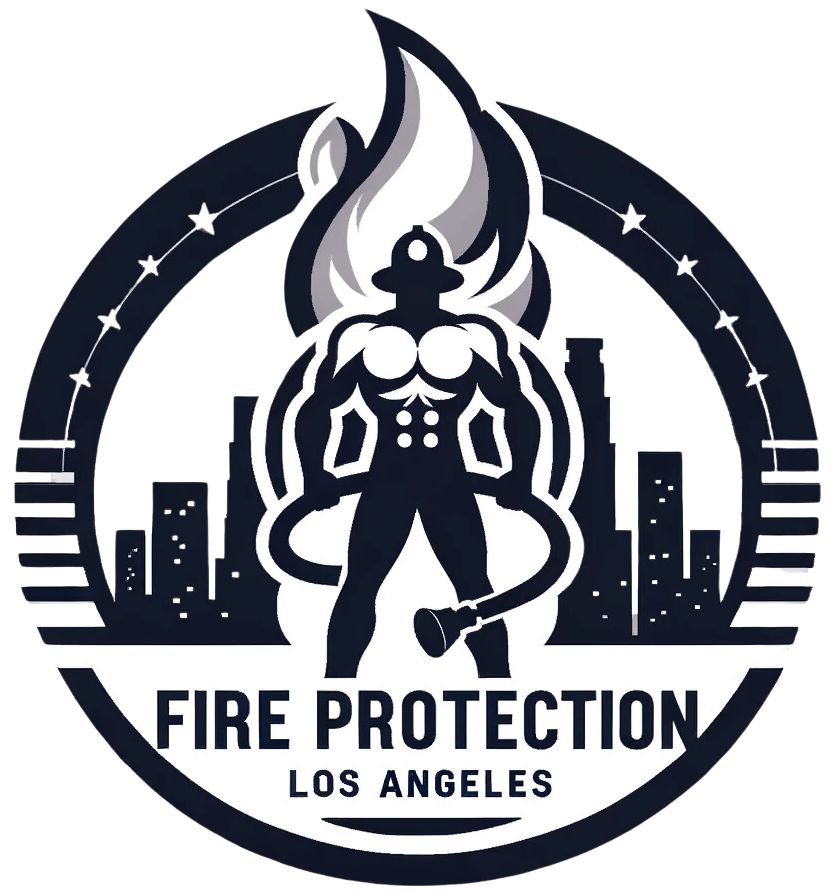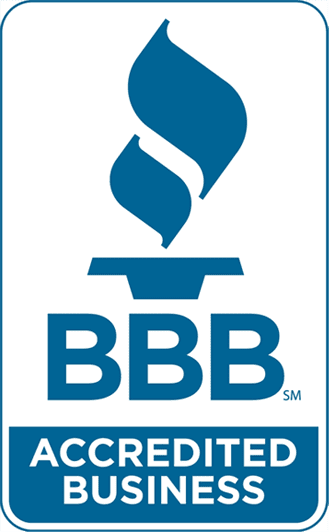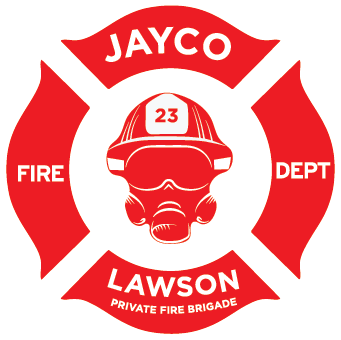To conduct a safe fire evacuation, we should start by creating a clear plan that includes two exit routes from each room, ensuring they're free of obstacles. We must install smoke detectors in key areas and maintain fire extinguishers regularly. During an evacuation, we should immediately exit the building when the alarm sounds, avoiding elevators, and remember to close doors to limit smoke spread. Post-evacuation, we'll gather at a designated meeting place. It's also important to practice fire drills twice a year to enhance our preparedness. There's much more we can learn about improving our fire safety skills.
Importance of Fire Evacuation Planning
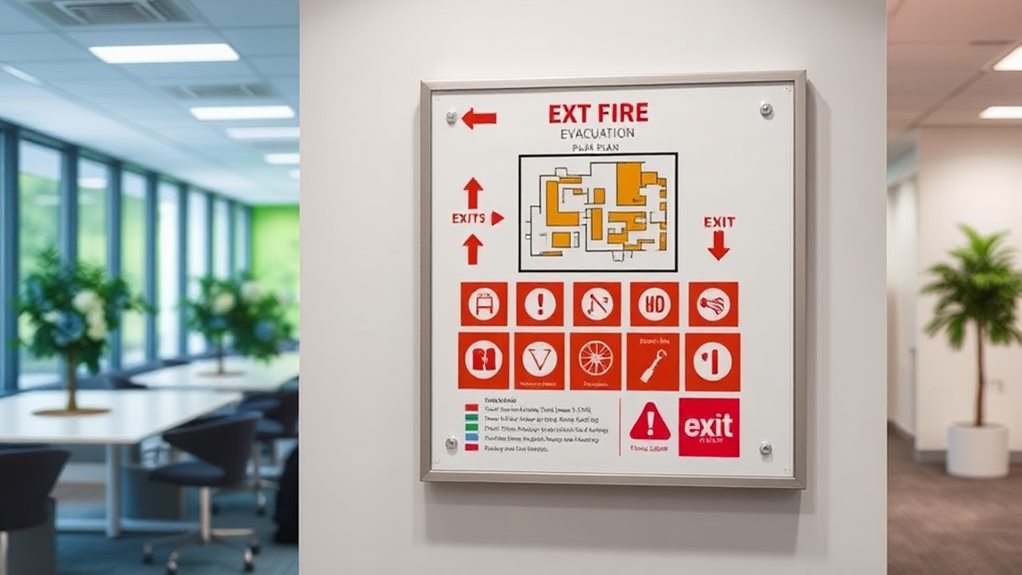
Importance of Fire Evacuation Planning
When it comes to fire safety, having a solid evacuation plan in place is vital. In 2015, over 365,000 house fires were reported, highlighting the need for effective fire evacuation planning to save lives and reduce injuries.
Considering the rapid spread of modern fires, quick evacuation can notably lower our risk of injury during a fire, as we can escape before smoke and flames become life-threatening.
Additionally, understanding the unique fire hazards in contemporary homes is essential for effective preparedness the reality of modern home fire hazards.
A well-thought-out evacuation plan reduces panic among occupants, guaranteeing everyone knows their designated escape routes and procedures.
It's imperative that we consider special needs for household members with mobility issues or other requirements, making sure they can evacuate safely and efficiently.
By following thorough fire evacuation procedures, we increase our awareness of potential fire hazards, promoting safer living environments.
This preparation not only helps us respond effectively in an emergency but also guarantees compliance with local fire safety regulations.
In essence, planning for a fire evacuation isn't just about knowing where to go; it's about creating a mindset of safety and awareness, empowering us to act quickly and decisively when it matters most.
Let's commit to making fire safety a priority in our homes.
Creating Your Evacuation Plan
Creating Your Evacuation Plan
Having a fire evacuation plan is just the first step; now we need to create one that works for our unique situation. Let's assess each room in our home and identify two accessible exit routes. We should verify these routes are functional and free from obstructions, allowing us to evacuate quickly during an emergency.
Additionally, utilizing fire-resistant materials in our home can help minimize risks during a fire situation. Next, we'll create a detailed map of our evacuation routes and involve everyone in our household, including children, so they know the exits. It's crucial to designate a safe meeting place outside where we can gather after evacuating.
We should also establish a communication plan to account for everyone, especially if we get separated.
Don't forget to install and maintain working smoke detectors in every sleeping area and on each level of our home. Let's test these detectors monthly and replace the batteries as needed, guaranteeing we've early fire detection.
Safety Measures and Equipment

To guarantee our safety during a fire emergency, we need to equip our home with essential safety measures and equipment.
First, we should install smoke detectors in every sleeping room and on each level of our homes. It's critical to test these detectors monthly and replace batteries as needed, making sure they're always functional.
Additionally, regular maintenance of fire safety equipment, such as fire extinguishers, is essential to ascertain they operate effectively during emergencies.
Next, we've to maintain clear pathways to our evacuation locations, keeping exits free from obstructions and making certain our house numbers are visible for emergency responders.
We should also utilize emergency release devices on security bars for exits, allowing for safe evacuation during a fire.
Educating all household members about common causes of house fires, such as cooking and electrical wiring, fosters a culture of fire safety and prevention within our homes.
Responding to Fire Emergencies
In the face of a fire emergency, our immediate response is essential for survival, so staying calm and acting quickly is important. As soon as we hear a smoke alarm or are instructed by emergency personnel, we must begin our evacuation. Every second counts, so we should swiftly move to the nearest exit.
Regular practice of fire drills with family members can greatly enhance our preparedness and efficiency during a crisis, guaranteeing everyone knows the plan and their roles the importance of fire escape plans. If we discover that exits are blocked, we can close doors and seal gaps with towels to keep smoke out while looking for an exterior-facing window for potential rescue.
If we're unable to escape, we should call the fire department to report our location and any known hazards. Once we've safely evacuated, we need to avoid going back inside until emergency responders have cleared the building. This is essential to secure our safety from lingering fire hazards.
Familiarizing ourselves with escape routes helps us respond effectively during a fire. It's important that all family members know the emergency plan and designated assembly areas outside.
Conducting Fire Drills
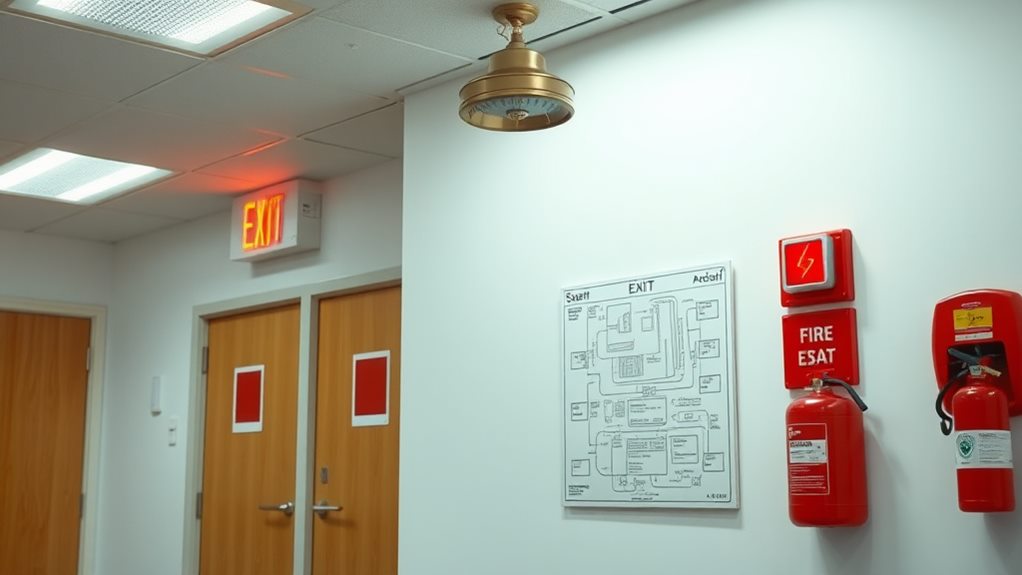
Regular fire drills are an essential part of our safety plan, guaranteeing everyone knows what to do in an emergency. We should conduct fire drills at least twice a year, as recommended by fire safety organizations. These drills help us become familiar with our building evacuation routes and procedures.
During each drill, we can simulate various emergency scenarios, which prepares us for different situations that may arise. It's important to involve our local fire department, as they provide expert guidance and valuable insights on fire safety and prevention.
After each drill, we must gather feedback from participants to identify areas for improvement. This feedback helps us update our Emergency Evacuation plan accordingly.
We also need to document the outcomes of each drill, including participant attendance and any challenges faced. By doing this, we guarantee continuous improvement in our safety practices.
General Evacuation Procedures
A successful evacuation during a fire emergency hinges on understanding and following established procedures. When we hear the fire alarm or receive instructions from personnel, we must immediately evacuate using the nearest emergency exit.
Elevators can be dangerous during a fire, so let's avoid using them. As we exit, we should close doors behind us to help contain smoke and fire.
Once outside, it's vital that we report to the designated outdoor assembly area to check in with our supervisors. This allows us to account for everyone, especially those who might be missing or injured. Remember to maintain a safe distance of at least 20 feet from the building.
Before opening any closed doors, we should use the back of our hands to check for heat. If the door feels warm, we need to find a different escape route.
Finally, we mustn't re-enter the building until we receive explicit authorization from emergency personnel. This guarantees our safety and that of others.
Evacuation for Persons With Disabilities

During a fire evacuation, it's important to remember that individuals with disabilities may require additional assistance. To effectively support them, we should always make a plan ahead of time. That means asking individuals if they need help and figuring out their preferred methods of assistance.
Staying calm is essential; when we're calm, we can think clearly and act responsibly.
For individuals with vision impairments, we can provide clear verbal instructions and guide them using our arm to help them navigate safely. When communicating with those who are deaf or hard of hearing, using gestures or written notes can effectively convey information about the evacuation process.
We must also guarantee that evacuation paths are clear and accessible for individuals with mobility limitations. Offering assistance based on their preferences is critical.
If we're helping wheelchair users, we should direct them to the nearest safe exit if they're on the ground floor or guide them to an area of refuge until emergency personnel can assist them. This approach can help prevent confusion and guarantee everyone's safety.
Additional Fire Prevention Tips
To enhance our fire safety, we need to adopt effective prevention strategies in our homes and workplaces. First, let's make certain we regularly inspect and maintain our smoke detectors. Installing them in every sleeping area and testing them monthly guarantees they function properly when we need them most.
Next, we should avoid overloading electrical outlets. Instead, let's use power strips with built-in circuit breakers to help prevent electrical fires. Additionally, keeping flammable materials away from heat sources like stoves and heaters is vital. We can reduce the fire risk by storing oily rags and other combustible materials in metal containers with tight-fitting lids, preventing spontaneous combustion.
We should also develop a habit of regularly cleaning our dryer lint traps and ducts to minimize lint buildup, which can ignite and cause fires.
Finally, reviewing our insurance policies can provide peace of mind. Knowing we've coverage in case of a fire can ease some worries.
Final Thoughts
In summary, planning for a fire evacuation is like building a sturdy bridge; it connects safety with preparedness. By creating a solid evacuation plan, practicing regularly, and considering everyone's needs, we guarantee that we can cross to safety when flames threaten. Remember, fire safety isn't just about reacting; it's about being proactive. Let's work together to make our environments safer, so we can all feel secure and ready, no matter what challenges arise.
